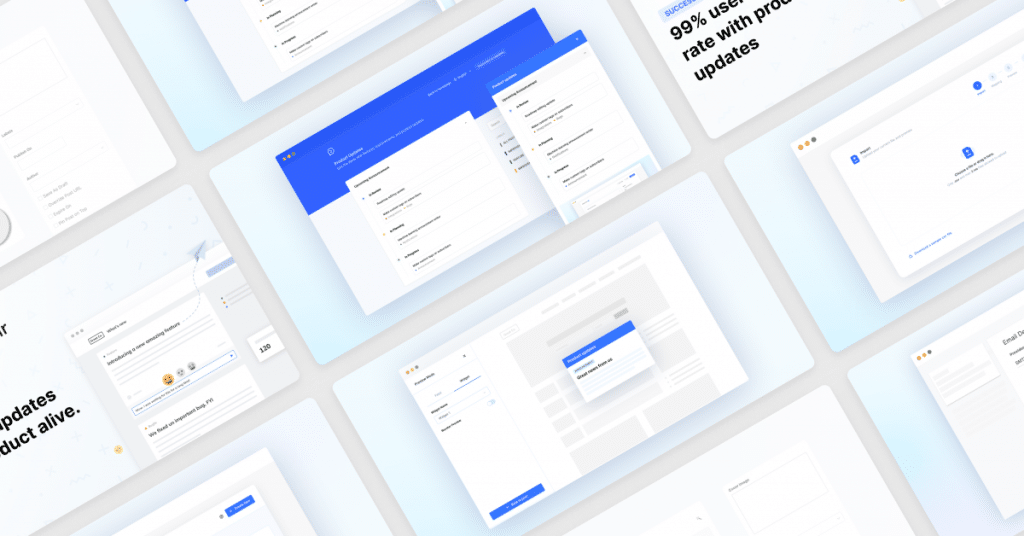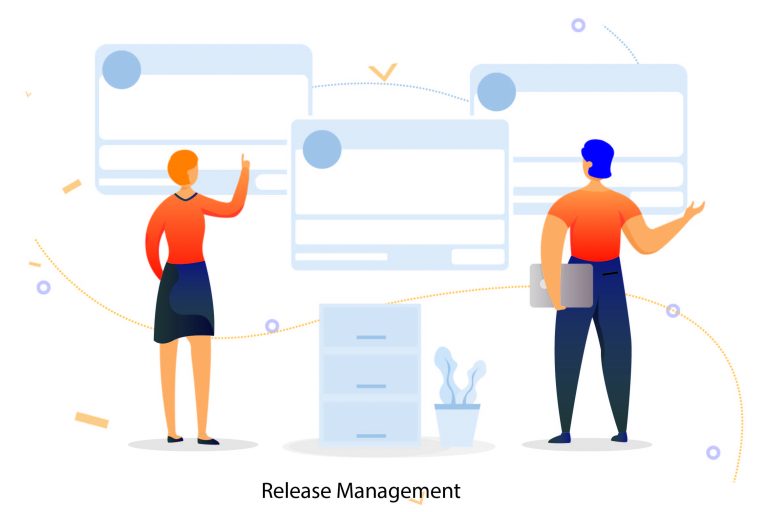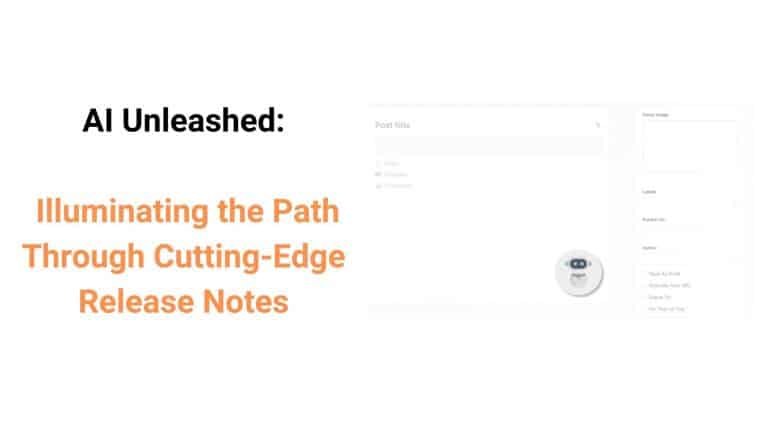User experience testing is a critical component of any product development cycle. It helps to ensure that the products and services created are usable and satisfying for customers. By understanding user experience, companies can make informed decisions about how to improve their products, leading to better customer satisfaction and loyalty. User experience testing evaluates the usability, effectiveness, and overall satisfaction of a product or service from the perspective of its users.
In this article, we take a closer look at the different ways to test user experience as well as why it is increasingly important.
What is User Experience Testing?
User Experience Testing (UX Testing) is a process of gaining feedback from real users to measure how they interact with and perceive a product or service. It can involve usability testing, where users are asked to complete specific tasks while observers watch their behavior and reactions; surveys to gather data on customer satisfaction; interviews with customers to gain insight into their experiences; and/or A/B testing to compare different versions of the same product or service. UX Testing provides valuable insights into how people use products and services, helping product teams make informed decisions about design changes that will improve customer experience.
At AnnounceKit we believe in the power of user experience testing for digital products — it’s an essential part of our development process. By understanding our customer’s needs, wants, and frustrations through UX tests we are able to create better solutions for them quickly and effectively. We also use these tests as an opportunity to identify areas where improvements can be made in order to increase user engagement and satisfaction further down the line when building upcoming features or launching new products entirely.
Benefits of User Experience Testing
User Experience (UX) testing is used to assess how easy and satisfying it is for users to interact with a product, such as a website or mobile application. It helps identify user frustrations, pain points, and areas of improvement.
One of the main benefits of UX testing is that it can help identify potential problems before the product goes live. As well as reducing the chances of making costly mistakes further down the line, this also means you can provide your customers with a better experience from day one.
Another benefit of conducting UX tests is that they can provide valuable feedback on how users interact with new features or functions on the product. At AnnounceKit, we specialize in update announcements & new feature releases, where UX testing is key to the success of any update.
Challenges of User Experience Testing
One of the key challenges of user experience testing is recruiting participants. Finding the right test subjects to evaluate a product or website can be difficult, especially when you don’t have an existing customer pool. It’s also important to make sure that you have a diverse group of testers so that your results are valid and not skewed by a single demographic. Additionally, if you are working with remote testers, it can be difficult to manage them effectively and ensure that they remain focused on the task at hand.

Another challenge is interpreting the data collected during user experience testing. Once test results have been gathered, it can be hard to draw meaningful conclusions from them unless extensive analysis has been done beforehand. Analyzing the feedback from users requires careful consideration in order to identify patterns and areas for improvement within your product or service. Finally, user experience testing can require significant time and resources in order to properly implement and analyze both qualitative and quantitative feedback from users.
When to Run User Experience Tests
When to run user experience tests is an important factor in the success of a project. Testing should occur at each stage of development, from the initial concept and design through to the finished product. It is important to know when and how often tests should be conducted in order to maximize results.
Testing should begin as soon as possible, preferably during the early stages of development. This will provide valuable insights into user interactions with the interface before any major coding or design work has been completed. Early testing can help identify potential problems and make changes easier and more cost-effective.
Testing should also be done regularly throughout the development process in order to ensure that changes haven’t had unintended consequences on users’ experiences. At key points such as after major updates or redesigns, it can be beneficial to rerun tests with a fresh group of users in order to get updated feedback on the current version of your product or website.
How to Run User Experience Tests
Once you’ve identified what needs to be tested, it’s time to run the tests. User experience testing is all about understanding how users interact with your product, so the best way of doing this is by getting real people in front of your product and having them use it. Depending on the type of test you’re running, different methods can be used to collect data and get feedback from users.
If you’re running a usability test, then there are several techniques that can be employed such as an online survey or an in-person interview. In these scenarios, you’ll want to get feedback from users on how easy/difficult they found using certain features or functions of your product. You may also want to ask questions about their overall impression and satisfaction with the user experience.
On the other hand, if you’re conducting an A/B test then the process will involve creating two versions (A and B) of a feature or page on your website or app and then measuring which one performs better by analyzing how each version interacted with by users. A/B testing can help inform decisions around design changes for webpages or apps that improve user engagement metrics like click-through rates (CTR), conversion rates, etc.

Tools for Running Tests
One of the most effective tools for running tests is AnnounceKit. This tool allows users to quickly test their user experience by creating announcements, campaigns, and surveys that they can easily deploy across their networks. These tests are designed to gain insight into what works best for their customers, allowing them to make informed decisions about the user experience they offer. AnnounceKit also features analytics that shows how users interact with each message, providing valuable information on how products and services can be improved. The service is easy-to-use and cost-effective, making it an ideal choice for any business looking to test its user experience.

Quick Setup, Easy to Use, and Many Integrations
Manage your product announcements from a single place and easily distribute them
across multiple channels.
Analyzing Results of Tests
Once the tests have been conducted, it is important to analyze the results in order to understand how users interacted with your product and what changes need to be made. This can be done through a variety of methods, such as data analysis, customer feedback surveys, interviews, and document reviews. With AnnounceKit’s user experience testing feature, all the collected data from your tests can be easily viewed in one convenient dashboard. This helps you quickly identify trends and gain insight into areas for improvement.
Additionally, users can filter results by multiple criteria like device type or test type which makes tracking progress straightforward and efficient. This helps you stay on top of how well your product is performing so that you can make any necessary adjustments quickly and efficiently
Conclusion
In conclusion, user experience testing is an important part of product development that should not be overlooked. It ensures a product meets the needs and expectations of users, while also increasing customer satisfaction. Companies should take a proactive approach to user experience testing, by incorporating it into their product design process. This will ensure they create products that are user-friendly and that drive customer loyalty. To get started with user experience testing, businesses should invest in the right tools and resources to ensure their tests are valid and reliable.
FAQ’s About User Experience Testing
What is user experience testing?
User experience testing is a type of usability testing that focuses on how people interact with a product, service, or interface. It seeks to understand how users feel about the product or service and identify areas for improvement. It is a valuable tool for gaining insight into user behavior and preferences, as well as providing an objective assessment of the flow and overall quality of the user experience.
How to conduct user experience testing?
User experience testing is an important component of any software development process. It involves running tests on a product to help identify any areas of improvement in the user experience. To conduct user experience testing, one should start by identifying the target audience and gathering feedback from them. This data can then be used to develop scenarios and tasks that reflect how real users would use the system. Finally, those scenarios can be tested with actual users in order to provide valuable insights into the overall user experience.
Why is user experience important?
User experience (UX) is an incredibly important concept in the development of any product or website. It ensures that users are able to interact with a product or website as easily and efficiently as possible, without any issues. A good user experience leads to increased engagement, better customer satisfaction, and improved profitability for business owners. UX is essential for creating an enjoyable user journey that keeps people coming back for more.







